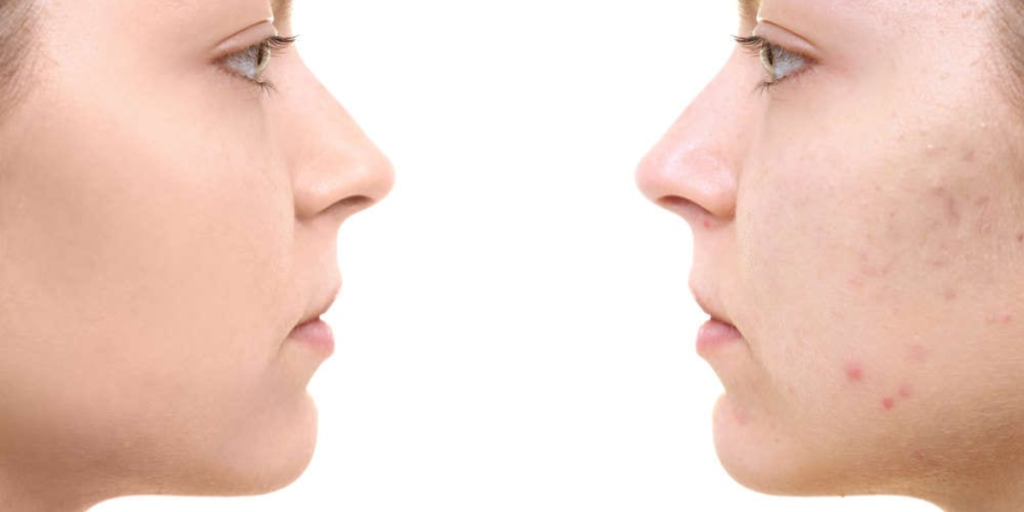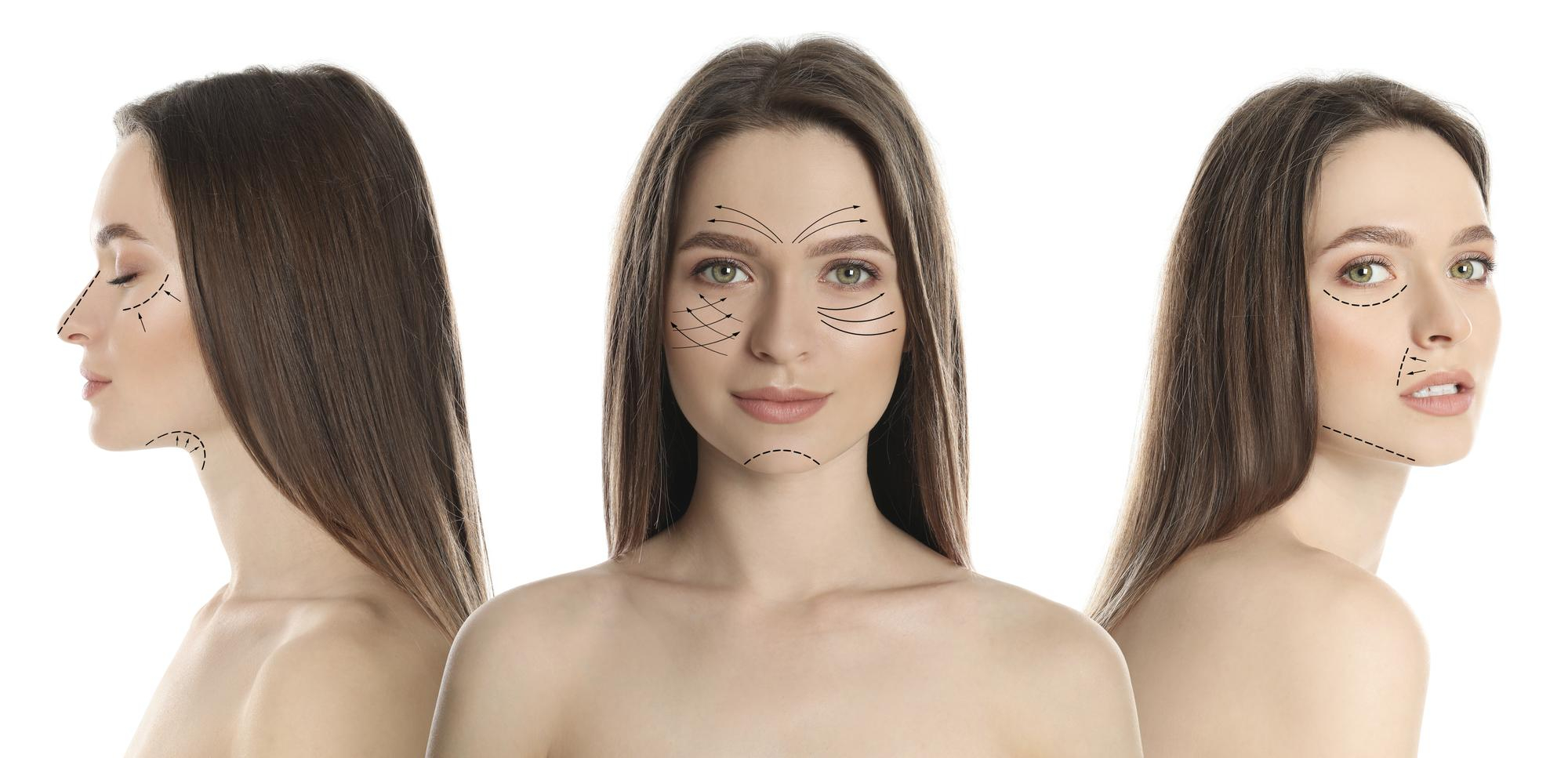5 Best Dermatologist Treatments for Dark Spots on Face
Dermatologist Treatments for Dark Spots on Face—whether from sun exposure, acne marks, or melasma—are common, stubborn, and absolutely treatable. The key is matching the treatment to the cause and your skin tone. Below are the most effective, dermatologist-led options, how they work, and what to expect, plus practical tips to keep pigment from rebounding.
1) Prescription Hydroquinone and Triple-Combination Cream
Hydroquinone is a gold-standard tyrosinase inhibitor that slows melanin production. Dermatologists often prescribe 4% hydroquinone alone or as part of the triple-combination cream (hydroquinone 4% + tretinoin 0.05% + fluocinolone 0.01%). This combo tackles pigment at multiple steps and can deliver visible results in 6–12 weeks for melasma and post-inflammatory hyperpigmentation (PIH).
– Best for: Melasma, acne marks, sunspots on lighter skin tones
– Why it works: Reduces melanin synthesis and speeds cell turnover
Pro tips: Use under medical supervision; cycle use (e.g., 8–12 weeks on, then switch to non-HQ maintenance) to reduce risks like irritation or rare ochronosis; pair with daily high-protection sunscreen
2) Retinoids (Tretinoin, Adapalene, Tazarotene)
Retinoids normalize cell turnover, fade uneven tone, and help other brighteners penetrate more effectively. Prescription tretinoin is a mainstay, while adapalene (OTC or Rx) and tazarotene (Rx) are alternatives.
– Best for: PIH after acne, texture + tone, fine lines alongside dark spots
– Why it works: Speeds keratinocyte turnover, disperses pigment
Pro tips: Start low and slow to minimize irritation; buffer with moisturizer; avoid during pregnancy; expect 8–12 weeks for steady improvement
3) Chemical Peels (Glycolic, Lactic, Salicylic, Jessner, Light TCA)
In-office peels lift superficial pigment and smooth texture. Dermatologists tailor acid choice and strength to your skin type:
– Glycolic or lactic peels for melasma/PIH and dry or sensitive skin
– Salicylic peels for oily, acne-prone skin with brown marks
– Jessner or light TCA peels for stubborn sunspots and mixed pigmentation
– Best for: Sunspots, PIH, mild melasma
Pro tips: Plan a series (typically 3–6 sessions, 3–4 weeks apart); pre-treat with sunscreen and gentle brighteners; darker skin tones often do best with gentler acids (e.g., mandelic, lactic) to avoid rebound PIH
4) Lasers and Light Devices (Pico, Q-switched, 1064 nm Nd:YAG, IPL)
When chosen carefully, devices can selectively break up pigment. Common options include:
– 1064 nm Nd:YAG (nano or picosecond): Often preferred for skin of color and deeper pigment
– Picosecond lasers: Effective for lentigines and some PIH with less downtime
– IPL: Useful for sunspots on lighter skin; generally avoided in melasma due to flare risk
– Best for: Solar lentigines (“sunspots”), select PIH
Pro tips: Always get a test spot first; strict photoprotection is mandatory; melasma requires conservative settings and may respond better to non-laser options to prevent rebound
5) Tranexamic Acid (Topical and Oral, Off-Label)
Tranexamic acid (TXA) calms the pathways that trigger excess pigment, especially in melasma.
– Topical TXA (2–5%): Helpful for maintenance and mild-to-moderate melasma
– Oral TXA (commonly 250 mg twice daily, off-label): Dermatologists may use it for persistent melasma after screening for clotting risk
– Best for: Melasma, recurrent brown patches
Pro tips: Oral TXA is not for everyone—avoid if you have a history of clots, are on certain hormones, or are pregnant/breastfeeding; maintenance with sunscreen and gentle topicals remains essential
Honorable Mentions Brighteners
Azelaic acid, cysteamine, niacinamide, arbutin, and thiamidol are dermatologist-approved non-hydroquinone options that support results and help with maintenance—especially useful between HQ cycles or for sensitive skin.
What Results Look Like (and How to Keep Them)
– Timeline: Most patients see improvement in 6–12 weeks; stubborn melasma can take longer and requires maintenance
– Maintenance matters: After clearing, switch to non-HQ brighteners and stay consistent with sun protection
– Sunscreen is non-negotiable: Use SPF 50+ daily and reapply; tinted sunscreens with iron oxides help block visible light—a major melasma trigger
– Lifestyle: Treat the trigger (acne, eczema, friction), avoid picking, manage heat exposure, and wear hats/UPF clothing
If you’re unsure whether your “dark spot” is a harmless sunspot or something that needs a biopsy, schedule a skin check first. Early evaluation prevents delays and keeps treatment safe.
best treatment for pigmentation on face
The best treatment for facial pigmentation depends on the diagnosis—melasma, sunspots, PIH, or medication-induced discoloration. Dermatologists often start with daily photoprotection (SPF 50+ plus a tinted sunscreen containing iron oxides), then layer targeted topicals such as hydroquinone or azelaic acid and a retinoid at night. For sunspots, device-based options like picosecond or 1064 nm lasers work well; for PIH, chemical peels and retinoids are highly effective. Melasma responds best to a gentle, steady approach: tinted sunscreen, non-hydroquinone brighteners, and tranexamic acid, with cautious peels. A tailored plan—based on your skin tone, lifestyle, and triggers—delivers the most even, lasting results.
treatment for dark spots on face
A (Dermatologist Treatments for Dark Spots on face) dermatologist treatment plan for dark spots typically combines a brightening agent, a retinoid, and rigorous sun protection, with in-office boosts when needed. Expect a morning routine centered on vitamin C or niacinamide plus SPF, and an evening routine with a retinoid and either hydroquinone (in cycles) or alternatives like azelaic acid or cysteamine. In-office, superficial chemical peels or targeted laser passes can accelerate fading. Consistency is key: most dark spots fade gradually, and skipping sunscreen can erase weeks of progress.
melasma dark patches on face
Melasma is a chronic, relapsing condition driven by UV, heat, and visible light, often influenced by hormones. The most reliable regimen combines tinted sunscreen, gentle brighteners (azelaic acid, cysteamine, niacinamide), and tranexamic acid, with carefully selected peels as needed. Many lasers and IPL can worsen melasma if used aggressively, so conservative settings—or avoiding devices altogether—are prudent. Maintenance is lifelong: daily photoprotection, seasonal adjustments, and quick action at the first sign of flare keep melasma controlled and result natural-looking complexion.
dermatology and skin cancer center
A dermatology and skin cancer center offers comprehensive care—from routine skin checks and mole mapping to advanced treatments for pigment disorders and complex rashes. The advantage is coordinated, board-certified expertise: if a “dark spot” needs a biopsy, it happens on-site; if you need prescription brighteners, peels, or laser therapy, they’re delivered under one roof with calibrated safety protocols. These centers also emphasize prevention—educating on sun protection, monitoring high-risk lesions, and building long-term maintenance plans—so your skin health and cosmetic goals align.
 Skip to content
Skip to content





